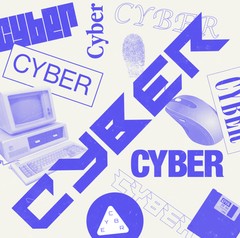Image: Nes
Hacking. Disinformation. Surveillance. CYBER is Motherboard's podcast and reporting on the dark underbelly of the internet.
Advertisement
“That is our best current USG [U.S. government] research effort to address this problem,” the OTD official added in their email.Other emails show FBI officials thinking what other implications for deepfakes may be.“Made me think that if they are doing this for trivial crap, then what is being done to surveillance video or other facial recognition images by others with better tools,” one FBI official wrote in January 2018.William McKinsey, section chief of the information technology section at FBI, replied “I googled face swapping and learned a lot.”Do you have concrete examples of deepfakes being abused? We'd love to hear from you. Using a non-work phone or computer, you can contact Joseph Cox securely on Signal on +44 20 8133 5190, Wickr on josephcox, or email joseph.cox@vice.com.
Advertisement

